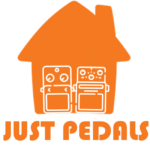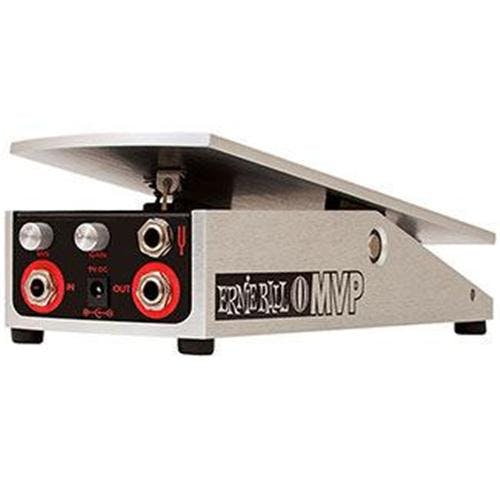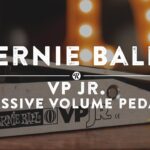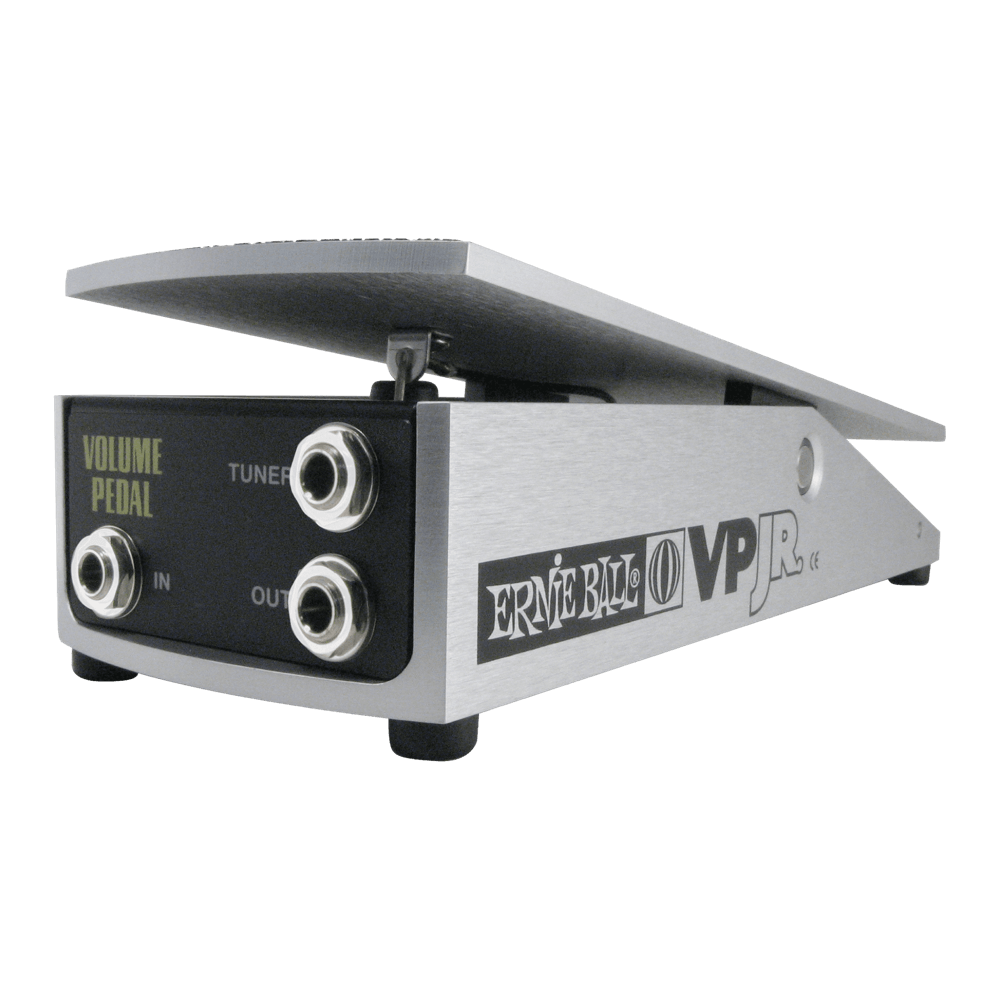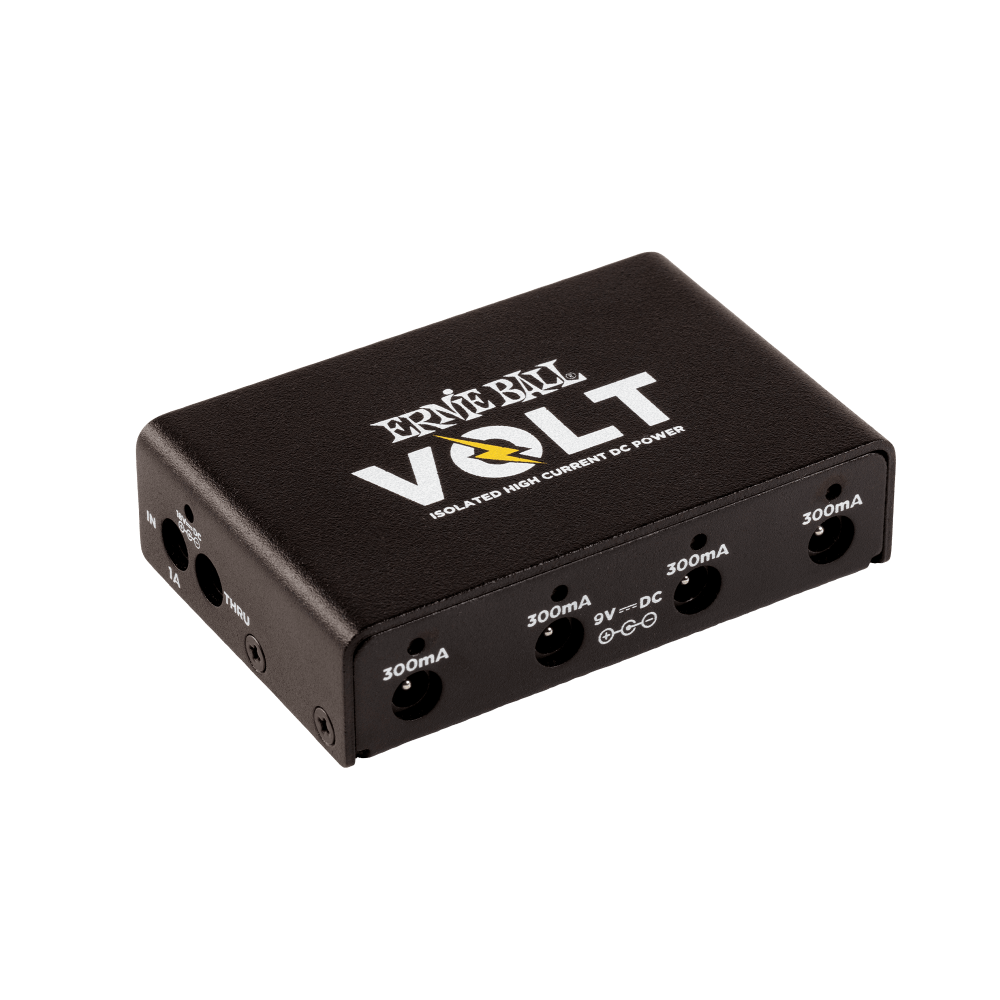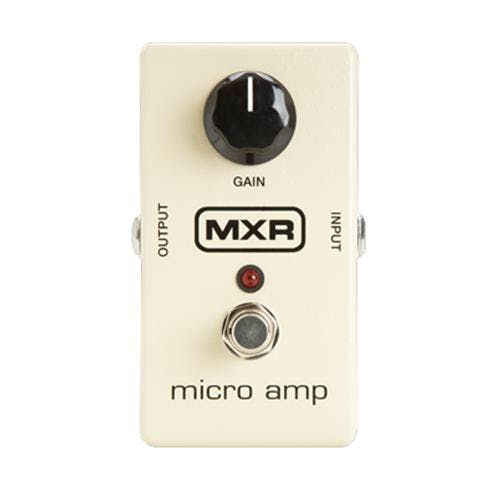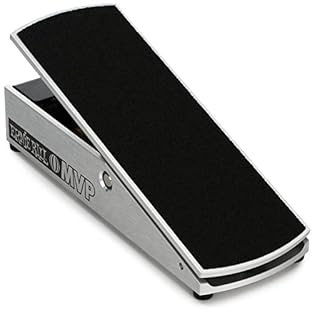Tasty Pedals made by Ernie Ball
Ernie Ball is a well-known manufacturer of musical instrument strings, accessories, and guitars, recognized for their high-quality products and strong presence in the music industry. Founded in 1962 by Ernie Ball, the company has a long history of innovation and dedication to serving musicians’ needs.
Ernie Ball is perhaps best known for its guitar strings, which are widely regarded as some of the finest in the industry. The company offers a wide range of string options for electric, acoustic, and bass guitars, catering to different playing styles and preferences. Their strings are celebrated for their durability, tone, and consistency, making them a top choice among professional musicians and enthusiasts alike.
In addition to strings, Ernie Ball produces a variety of accessories for guitarists, including picks, straps, cables, and instrument care products. The company’s accessories are known for their reliability and affordability, providing musicians with essential tools for playing and maintaining their instruments.
Furthermore, Ernie Ball manufactures a line of electric guitars and basses under the Music Man brand. These instruments are highly regarded for their craftsmanship, playability, and versatile tones, making them favorites among professional musicians in various genres.
With a commitment to quality, innovation, and serving the needs of musicians, Ernie Ball continues to be a trusted name in the music industry, providing guitarists and bassists with top-tier strings, accessories, and instruments that inspire creativity and enhance performance.
Just Pedal Ingredients.
Boost — A boost pedal is like that extra drizzle of olive oil or pinch of salt that brings the whole dish to life. It doesn’t change the flavour — it enhances it. By increasing your signal level without colouring your tone, a boost adds clarity, punch, and presence to whatever’s already on your plate. Whether you use it to push your amp into natural overdrive, lift a solo above the mix, or add that last bit of sparkle before serving, a good boost pedal is the chef’s secret ingredient. Simple, pure, and essential — it’s the appetiser that makes every course taste better.. Pedal — Your pedal is like a signature dish for your sound — a flavour-packed creation that transforms the bland ingredients of your guitar into something unforgettable. Each one adds its own seasoning, texture, and heat, turning a simple meal into a feast of tone.
These tasty little boxes sit in a row, like plates on a buffet, letting you mix and match flavours as you play. With one tap of your foot, you can swap sweet for spicy, subtle for smoky, and serve up something completely new. From the comfort food of warm overdrive to the fiery kick of fuzz, from smooth jazz sauce to heavy-metal spice, pedals give players a full menu of options to express their taste. And just like with food — once you’ve tried one dish, you’ll want to sample them all.
Collecting, trading, and discovering new flavours soon becomes part of the joy of being a tone-loving gourmet geek with a guitar.. Volume — A volume pedal is a pedal-style device used to control the volume level of an instrument, typically a guitar or a keyboard, by foot movement. It allows musicians to adjust the volume smoothly and dynamically while playing, providing hands-free control over their instrument’s output level. Here’s how a volume pedal works and some common features:
1. **Pedal Design**: A volume pedal consists of a foot-operated pedal and a housing unit. The pedal is typically attached to a potentiometer (variable resistor) inside the housing, which adjusts the volume level based on the pedal’s position.
2. **Expression Pedal Compatibility**: Many volume pedals are compatible with expression pedals, allowing players to control other parameters in addition to volume, such as modulation depth, delay mix, or wah effect, depending on the pedal and the equipment it’s connected to. This adds versatility and flexibility to the pedal’s functionality.
3. **Input and Output Jacks**: Volume pedals have input and output jacks for connecting the instrument’s signal input and output, respectively. Some volume pedals also feature additional jacks for connecting to effects pedals or other audio equipment.
4. **Taper and Sweep**: The taper refers to the way the volume changes in relation to the pedal’s movement. Most volume pedals feature an audio taper, which provides a logarithmic response to the pedal’s movement, mimicking the way human ears perceive volume changes. The sweep refers to the range of motion of the pedal, from minimum to maximum volume.
5. **Minimum Volume Control**: Some volume pedals include a minimum volume control knob or switch, which allows players to set a minimum volume level when the pedal is fully depressed. This can be useful for achieving swells or fade-ins from silence.
6. **Buffered vs. Passive**: Volume pedals may be either buffered or passive. Buffered pedals include an active circuit that maintains a consistent impedance and signal strength, preventing signal loss and preserving tone when using long cable runs or connecting to multiple effects pedals. Passive pedals, on the other hand, do not include active circuitry and may introduce some signal loss, especially with long cable runs.
7. **Tuner Out**: Some volume pedals feature a tuner output jack, which allows players to connect a tuner pedal directly to the volume pedal. This enables silent tuning while muting the instrument’s signal to the amplifier or other audio equipment.
Overall, a volume pedal is a versatile tool for guitarists, keyboardists, and other musicians seeking dynamic control over their instrument’s volume level. Whether used for swells, fade-ins, rhythm adjustments, or creative volume effects, a volume pedal provides hands-free control and adds expressive possibilities to live performances and studio recordings..
